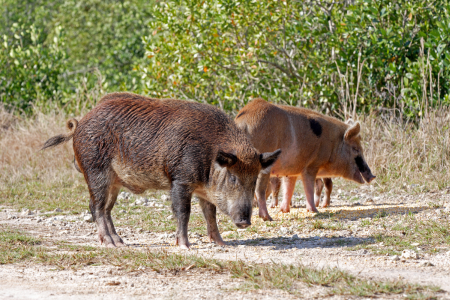The team just published in the Journal of Biophotonics! Read the article here: https://onlinelibrary.wiley.com/toc/18640648/0/0
Issue: Influenza viruses are classified into subtypes based on the antigenicity of the surface viral glycoproteins, hemagglutinin (HA) and neuraminidase (NA). In swine, three endemic subtypes predominate: H1N1, H1N2, and H3N2, which have been periodically detected in swine. Current monitoring and diagnostic techniques, such as polymerase chain reaction (PCR)-based assays and serological assays, are resource-intensive and time-consuming.
Influenza viruses from pigs do not normally infect people. However, the spread of influenza viruses between people and pigs can lead to new viruses that might gain the ability to spread easily between people with potential for causing a pandemic.
Raman spectroscopy is a technique that offers a non-destructive, label-free, and rapid method for identifying pathogens and their various strains by analyzing biochemical changes in the tissues they inhabit.
Objectives: This project aims to evaluate whether conventional Raman spectroscopy can distinguish between unvaccinated healthy pigs and vaccinated (against porcine reproductive and respiratory syndrome or PRRS) pigs that are either healthy or have been inoculated with low or high doses of H1N1 or H1N2 influenza variants.
For this project, the team examined blood serum from swine under different conditions: healthy, unvaccinated, or vaccinated against porcine reproductive and respiratory syndrome, and vaccinated swine infected with H1N1 and H1N2 variants of swine influenza.
Value Proposition: This project demonstrated that Raman spectroscopy, when combined with machine learning algorithms, can achieve accuracy rates of up to 97.8% in identifying the infection status and specific variant within porcine blood serum. This research highlights Raman spectroscopy as a useful and novel tool for the enhanced diagnostic capabilities – detection of influenza variants in swine, significantly enhancing surveillance efforts by identifying animal health threats, with potential for broader medical contexts.
Research Team: Matt Cochran, DVM, MIA (CBTS), Dmitry Kurouski, PhD (TAMU)
Duration: September 2023 – April 2025

